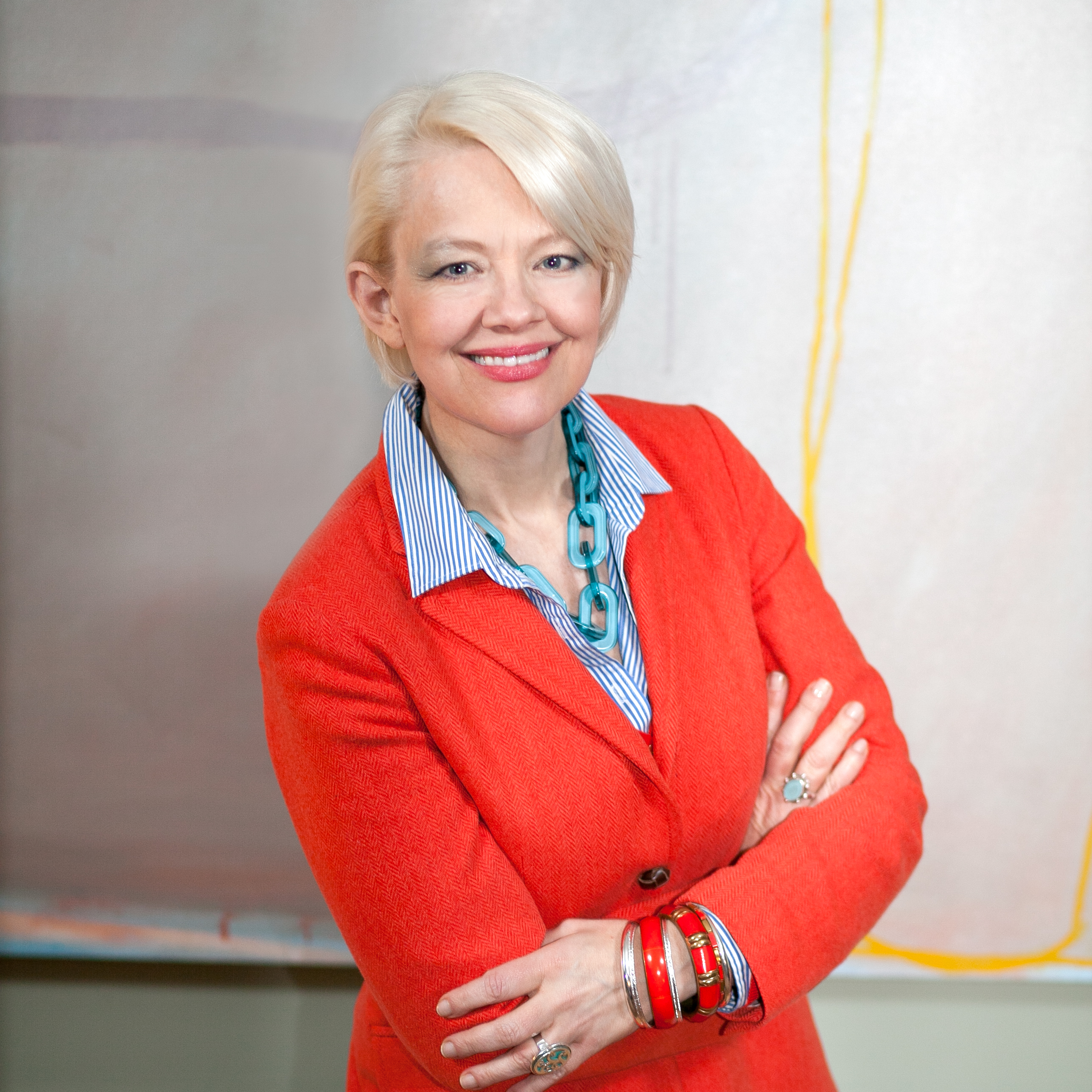The Portrait of Reverend Martin Luther King Jr. in the White House
- Kim Sajet

- Jan 20, 2020
- 3 min read
The National Portrait Gallery is sometimes criticized for not having a large painted portrait of Dr. Martin Luther King Jr. The reason is that posthumous portraits can be tricky, and the museum has generally favored those created when the artist and the sitter met, or the likeness was made close to the sitter’s lifetime. While the museum has many photographs mostly taken by photojournalists documenting his activities for the press—such as the famous picture with Ralph David Abernathy riding the first integrated bus in Montgomery, Alabama in 1956 below— Dr. King never sat for a painting before he was killed in 1968.
The museum does, however, have a bronze bust by Charles Henry Alston of 1970, created two years after his assassination that was the lent to the White House in 2000 during President Clinton’s second term in office – making it the first portrait of an African American to be displayed in the building. Remarking upon the significance of the loan Clinton said "This will have a huge impact over the course of a few years, as these thousands upon thousands upon thousands of children stream through here and form their impressions. It makes a statement about what's important in our history to us." In 2009 President Obama brought the portrait from the WH library into the Oval Office, and when Donald Trump assumed the presidency in 2017 his administration took the opportunity to combat a reported rumor that the portrait had been removed as an example of the media “deliberately false reporting.” The portrait is still in the Oval Office today.

Charles Alston, the sculptor of Martin Luther King Jr’s. likeness, received a BA from Columbia University and a MA from the Columbia University Teacher’s College in 1931. Three years later he co-founded the Harlem Art Workshop and became the first African American supervisor for the Works Progress Administration (WPA) with a goal to employ artists on public beautification projects around the city during the Great Depression, specifically a set of murals for Harlem Hospital. Together with a team of artists Alston’s six sketches were approved in 1936 Federal Arts Project, only to be rejected by the hospital superintendent for including too many African American people in the narratives. The hospital's leadership was later overruled and the murals created, while the sketches for Magic in Medicine and Modern Medicine were shown at MoMA’s New Horizon’s in American Art exhibition in September of that year.

Alston created largely abstract paintings in the 1950s, but when the Civil Rights movement gained power, it became a major influence on both his work. He began to introduce more images of people (figuration) in order to explore human connections, noting in an interview for the Archives of American Art, that he’d faced a question about whether to paint what was happening around him, or to maintain an artistic purity based on color, line, perspective and medium above the tumult of the everyday: “Should I commit my painting to visualizing, as I see it, the struggle that's going on? Or should I close my eyes and keep myself and my painting apart from that, involve myself perhaps in other ways that relate to the struggle but keep the painting apart?”
Then in 1963 after Alston together with fellow artist Romare Bearden attended the March on Washington and heard Martin Luther King Jr.’s “I Have a Dream” speech, he co-founded "Spiral" an artists’ collective to explore the relationship between art, African American activism, and what Ralph Ellison termed “a new visual order.” While Spiral only lasted a few years, its legacy launched ongoing debates—that continue today-- concerning how artists can enact social change.
Alston was approached to create a portrait bust of Martin Luther King Jr., by the Reverend Donald S. Harrington, of the Community Church of New York and the National Portrait Gallery at the Smithsonian two years after the assassination, for which he was paid $5,000. Five bronze busts were cast, each approximately thirteen inches high. In addition to the one now in the White House, in 2017 the National Museum of African American History and Culture acquired another.







Comments